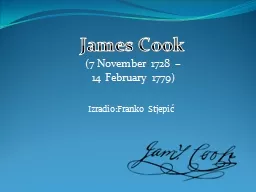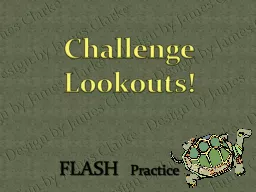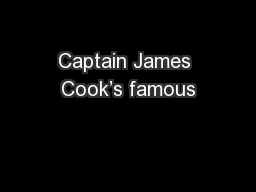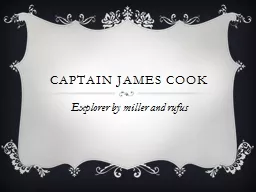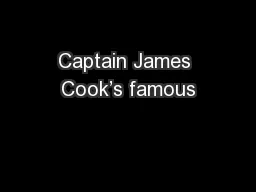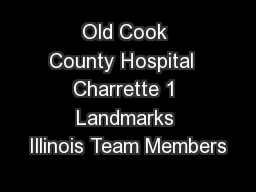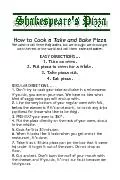PPT-Izradio:Franko Stjepić James Cook
Author : tickorekk | Published Date : 2020-10-22
7 November 1728 14 February 1779 About James Cook Captain James Cook was a British explorer navigator and cartographer He ultimately rose to the rank of captain
Presentation Embed Code
Download Presentation
Download Presentation The PPT/PDF document "Izradio:Franko Stjepić James Cook" is the property of its rightful owner. Permission is granted to download and print the materials on this website for personal, non-commercial use only, and to display it on your personal computer provided you do not modify the materials and that you retain all copyright notices contained in the materials. By downloading content from our website, you accept the terms of this agreement.
Izradio:Franko Stjepić James Cook: Transcript
Download Rules Of Document
"Izradio:Franko Stjepić James Cook"The content belongs to its owner. You may download and print it for personal use, without modification, and keep all copyright notices. By downloading, you agree to these terms.
Related Documents

